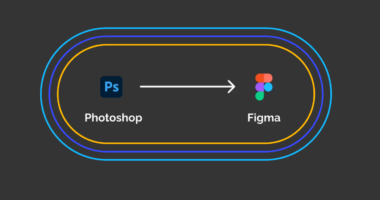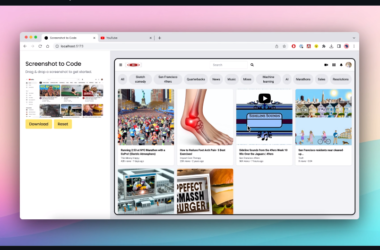The Importance of UI/UX Design Principles in User Experience
UI/UX design principles play a critical role in the user experience of digital products. These principles provide a framework for designers to create products that are not only visually appealing, but also intuitive, accessible, and easy to use. By considering these principles during the design process, designers can ensure that their products meet the needs and expectations of their users.
10 Key UI/UX Design Principles for a Great User Experience
User-centered design is a key principle that places the user at the center of the design process. By focusing on the user, designers can create interfaces that are tailored to their audience and provide a more enjoyable and intuitive experience. Interaction design is also crucial, as it involves understanding how users will interact with a product and designing those interactions to be as seamless as possible.
Usability is another important principle, as it focuses on making a product easy to use and understand. A product with good usability is intuitive, requires minimal effort to use, and provides clear feedback to the user. Accessibility is also crucial, as it ensures that a product is usable by as many people as possible, including those with disabilities.
Responsive design is essential in today’s multi-device world, as it involves creating interfaces that adapt to different screen sizes and orientations. This ensures that a product remains usable and accessible no matter what device it is viewed on. Simplicity, consistency, and visual hierarchy are also important principles, as they help to create a product that is easy to understand and navigate.

Understanding UI/UX Design Principles
User Interface (UI) and User Experience (UX) design principles are the foundation for creating digital products that meet the needs and expectations of users. These principles ensure that a product is not only aesthetically pleasing, but also easy to use, accessible, and intuitive. By incorporating UI/UX design principles into the design process, designers can create digital products that provide an enjoyable and seamless user experience.
10 Key UI/UX Design Principles for a Great User Experience
1. User-Centered Design

This principle places the user at the center of the design process, ensuring that their needs, preferences, and behaviors are taken into account. By focusing on the user, designers can create interfaces that are tailored to their audience and provide a more intuitive and enjoyable experience.
2. Interaction Design

Interaction design is concerned with how users interact with a product and how their interactions can be designed to be intuitive and enjoyable. It involves understanding how users will interact with a product, what actions they will take, and how they will receive feedback.
3. Usability

Usability refers to how easy a product is to use, understand, and navigate. A product with good usability is intuitive, requires minimal effort to use, and provides clear feedback to the user.
4. Accessibility

Accessibility is about ensuring that a product is usable by as many people as possible, including those with disabilities. It involves designing products that are easy to use for people with a wide range of abilities, including those with visual, auditory, motor, and cognitive disabilities.
What is a Design System? A Beginner’s Guide to Design Systems
5. Responsive Design

Responsive design is about creating interfaces that adapt to the different screens and devices used by users. It involves creating layouts and content that adjust dynamically to different screen sizes and orientations, ensuring that the product remains usable and accessible no matter what device it is viewed on.
6. Simplicity

Simplicity refers to the idea that a product should be easy to use and understand, with a minimal number of steps required to complete a task. A simple product is one that is straightforward and easy to use, without any unnecessary features or complexity.
7. Consistency

Consistency is about ensuring that a product’s elements, such as layout, navigation, and design, are consistent throughout the product. This makes it easier for users to understand and use a product, as they know what to expect and can quickly find what they are looking for.
8. User Flow

User flow is about understanding how users move through a product and how they complete tasks. It involves creating a map of the steps a user will take to complete a task, ensuring that the flow is intuitive and easy to follow.
9. Visual Hierarchy

Visual hierarchy is about organizing information on a page so that the most important information is prominently displayed and easily accessible. This involves using techniques such as size, color, and placement to draw the user’s attention to the most important information.
10. Affordance

Affordance is about making it clear to the user what actions they can take and what the result of those actions will be. This involves using design elements such as buttons, links, and icons to communicate the actions that are available to the user and what will happen when they take those actions.
conclusion
In conclusion, UI/UX design principles are essential for creating digital products that provide a seamless and enjoyable user experience. By incorporating these principles into the design process, designers can create products that are not only aesthetically pleasing, but also easy to use, accessible, and intuitive.




